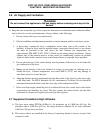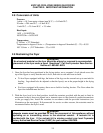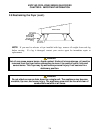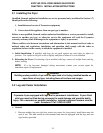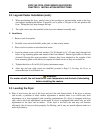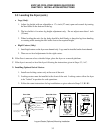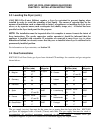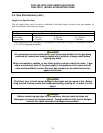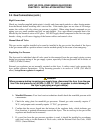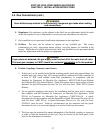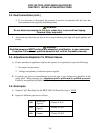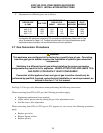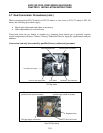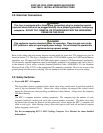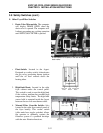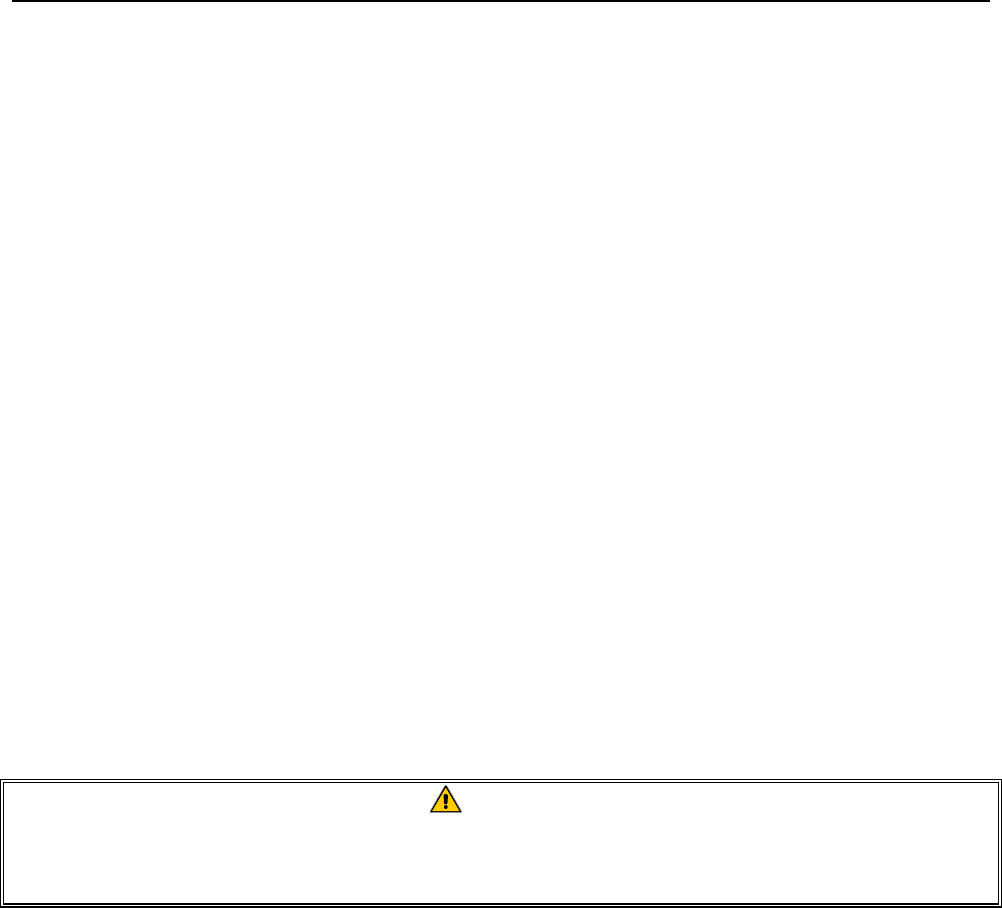
KSCF18G COOL ZONE SERIES GAS FRYERS
CHAPTER 3: INSTALLATION INSTRUCTIONS
3-6
3.4 Gas Connections (cont.)
Rigid Connections
Check any installer-supplied intake pipe(s) visually and clean metal particles or other foreign matter
from the threads before installing into a service line. If the intake pipes are not clear of all foreign
matter, the orifices will clog when gas pressure is applied. When using thread compound on gas
piping, use very small amounts and only on male threads. Use a pipe thread compound that is not
affected by the chemical action of LP gases. DO NOT apply thread compound to the first two pipe
threads—doing so will cause clogging of the burner orifices and control valve.
Manual Shut-off Valve
This gas service supplier-installed valve must be installed in the gas service line ahead of the fryers
in the gas stream and in a position where it can be reached quickly in the event of an emergency.
Regulating Gas Pressure
The fryer and its individual shut-off valve must be disconnected from the gas supply piping system
during any pressure testing of the gas supply system, especially if the test pressures are in excess of
½ PSI (3,45 kPa/35 mbar).
External gas regulators are not normally required on this fryer. A safety control valve protects the
fryer against pressure fluctuations. If the incoming pressure is in excess of ½ PSI (3,45 kPa/35
mbar), a step-down regulator is required.
DANGER
When pressure-testing incoming gas supply lines, disconnect the fryer from the gas
line if the test pressure is 3,45 kPa (½ PSI, 14" W.C.) or greater to avoid damage to
the fryer’s gas piping and gas valve(s).
A. Manifold Pressure: Your local service technician should check the manifold pressure with
a manometer.
1. Check the rating plate for manifold gas pressures. Natural gas units normally require 4"
W.C., and propane units normally require 11" W.C. gas pressure.
2. Confirm that the arrow forged into the bottom of the regulator body, which indicates gas
flow direction, is pointed downstream towards the fryers. The air vent cap is also part of the
regulator and should not be removed.
3. If a vent line from the gas pressure regulator is used, it should be installed in accordance
with local codes or in the absence of local codes, with the National Fuel Gas Code, ANSI
Z223.1-(Latest Edition).



